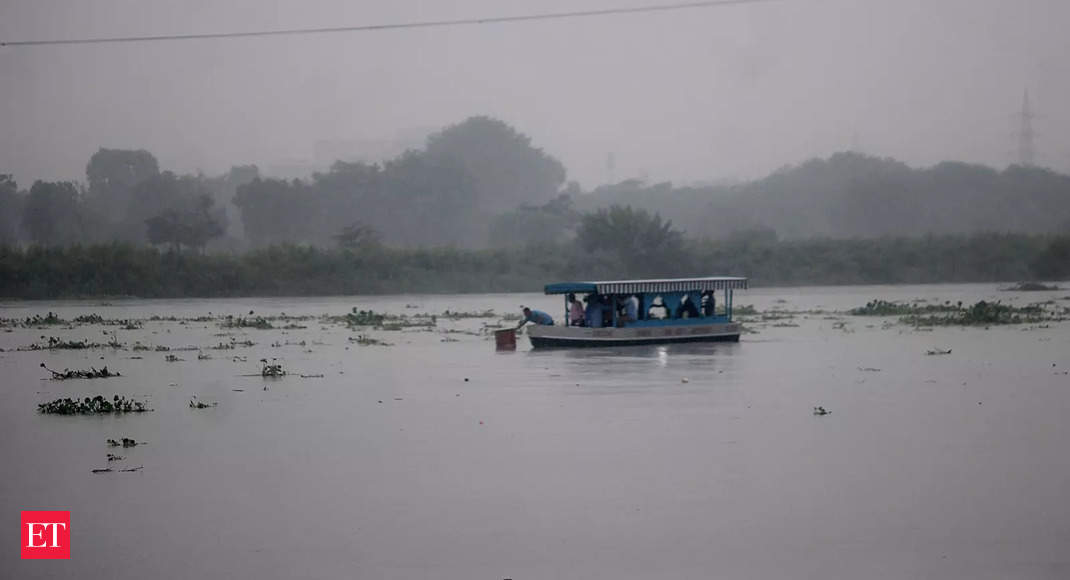Excess monsoon rains in northern India have caused devastating floods and waterlogging, leading to the loss of over 100 lives and displacement of many more in the past two weeks. The destruction caused by these floods could have been significantly reduced if an early warning system (EWS) had been in place. An EWS integrates hazard-monitoring, risk assessment, forecasting, prediction, communication, and preparedness activities to enable timely action and minimize the impact of hazardous events.
Unfortunately, India lacks a comprehensive EWS for floods. Only a quarter of the districts exposed to extreme flood events have level flood-forecasting stations, leaving a majority of Indians vulnerable to such disasters without proper warning systems. This vulnerability is further exacerbated by disruptions in rainfall patterns caused by global warming, which have increased the frequency and intensity of flooding and waterlogging.
To address this issue, India needs to prioritize the implementation of a multi-hazard EWS, with a specific focus on floods. Lessons can be drawn from India’s experience with cyclones, where an EWS has proven effective in saving lives and reducing damage by as much as 30%. The key to an effective EWS lies in the availability of data to assess hazards, exposure, and vulnerability.
Coordination between different departments and agencies is crucial for a robust EWS. This includes sharing data and analyses, as well as deploying improved technology for real-time data collection and analysis. The wide reach of the telephone-mobile network in India provides an opportunity to disseminate robust information and warnings efficiently. Additionally, leveraging civil society groups, local communities, businesses, governments, and institutions can enhance the effectiveness of response plans.
A recent study by the Council on Energy, Environment and Water (CEEW) highlighted that 27 out of 35 states and Union territories in India are vulnerable to extreme hydro-meteorological disasters. This underscores the urgent need for an improved EWS that can mitigate the compounding impacts of such disasters.
In conclusion, the recent floods in India emphasize the critical need for an early warning system to minimize the loss of life and reduce the damage caused by extreme weather events. India should learn from its own successes with cyclone EWS and prioritize the implementation of a multi-hazard EWS, with a particular focus on floods. This requires better coordination, improved technology, and leveraging existing networks and resources to ensure timely and effective warnings reach vulnerable communities across the country.











